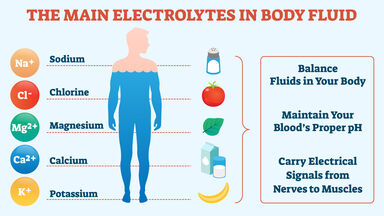The British Pharmacopoeia contains a watery solution - the Aqua Chloroformi - which is useful in disguising the taste of nauseous drugs; a liniment which consists of equal parts of camphor liniment and chloroform, and is a useful counter-irritant; the Spiritus Chloroformi (erroneously known as "chloric ether"), which is a useful anodyne in doses of from five to forty drops; and the Tinctura Chloroformi et Morphinae Composita, which is the equivalent of a proprietary drug called chlorodyne.
Ammonium chlorate, NH 4 C10 3, is obtained by neutralizing chloric acid with either ammonia or ammonium carbonate, or by precipitating barium, strontium or calcium chlorates with ammonium carbonate.
The aqueous solution can be concentrated in vacuo over sulphuric acid until it contains 40% of chloric acid.
Hydrochloric acid, sulphuretted hydrogen and sulphurous acid are rapidly oxidized by chloric acid.
They may be prepared by dissolving or suspending a metallic oxide or hydroxide in water and saturating the solution with chlorine; by double decomposition; or by neutralizing a solution of chloric acid by a metallic oxide, hydroxide or carbonate.

